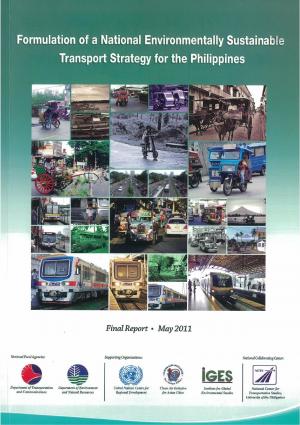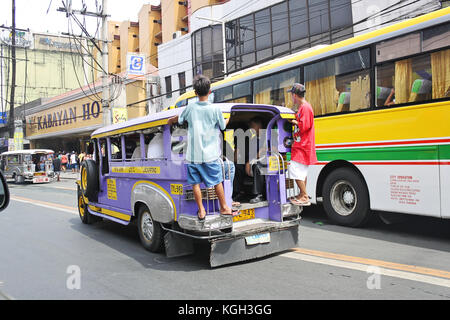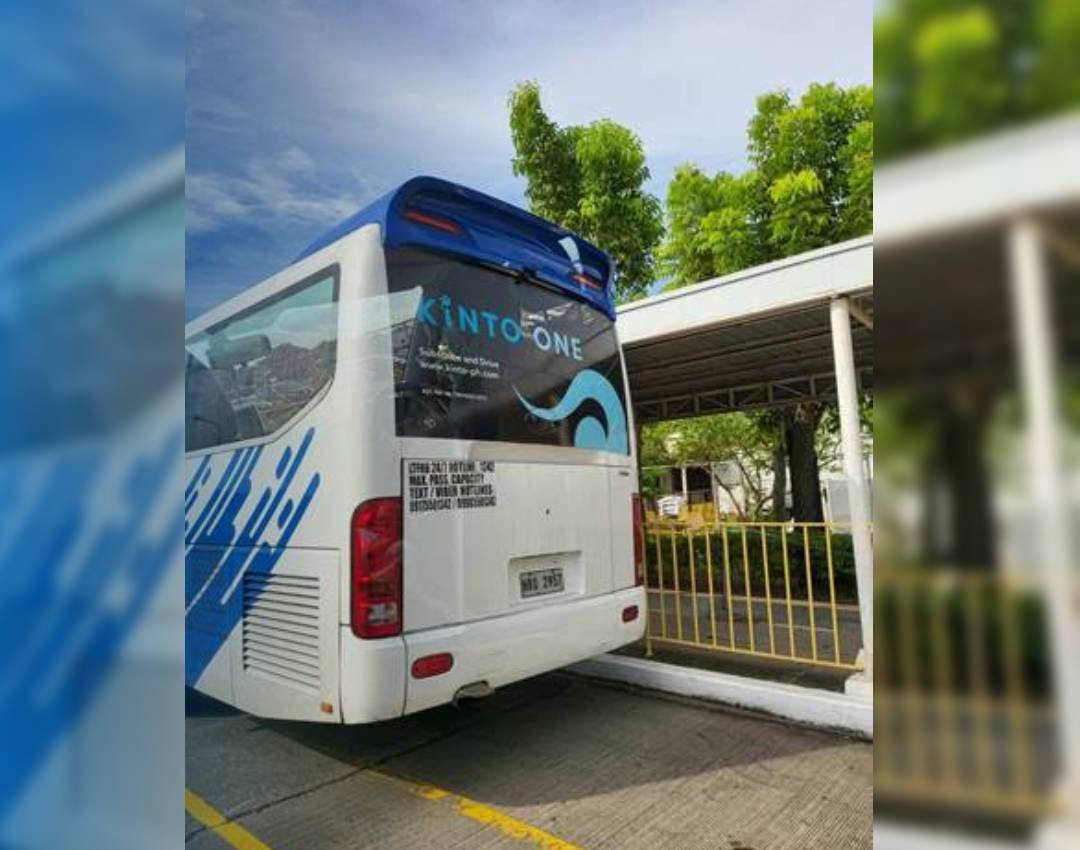Just How Transit Marketing Can Transform Mass Transit Spaces Into Dynamic Marketing Operatings Systems
Transit advertising and marketing holds significant capacity to redefine public transport spaces right into vivid marketing systems that involve and inform. By using innovative formats such as interactive booths and electronic display screens, brand names can not only get to a varied audience however likewise boost the overall commuter experience. This technique develops an unique chance for brands to connect with consumers in a setting that is frequently ignored. As we discover the multifaceted benefits and progressing approaches of transportation advertising, it increases the inquiry of just how this transformation could redefine our interactions with both brands and the urban environment.
Advantages of Transportation Marketing

Furthermore, transportation advertising and marketing is extremely cost-effective contrasted to conventional media. It enables advertisers to accomplish high perceptions at lower prices, making best use of return on investment. The captive target market of travelers provides a possibility for brand names to convey their messages to individuals that are commonly responsive throughout their travel times.
Moreover, the vibrant nature of transportation advertising and marketing enables projects to be updated often, making sure that messaging continues to be relevant and prompt. This flexibility can be important in reacting to market fads or marketing occasions, maintaining the brand name top-of-mind for customers. Finally, the pervasive visibility of transportation advertising adds to brand name recall; duplicated exposure within familiar travel contexts enhances brand name awareness and fosters consumer loyalty, ultimately driving sales and boosting brand online reputation.
Types of Transit Advertising And Marketing
Public transportation systems provide numerous styles for advertising and marketing, each dealing with different advertising methods and audience interaction techniques. One noticeable type is outside bus and train wraps, which cover the entire lorry and create a mobile signboard impact, allowing for high visibility in city atmospheres. These wraps can catch focus as they pass through active streets, reaching a diverse target market.
An additional prominent format is indoor advertising, that includes posters, electronic displays, and ads on transportation seats. These placements engage passengers throughout their trip, strengthening brand messaging in a constrained space. Digital shows, specifically, offer the advantage of vibrant content, making it possible for marketers to update messages in real-time.
Station advertising is additionally substantial, including posters, banners, and interactive stands within transit terminals. These ads leverage foot web traffic and can target particular demographics based upon place.
Lastly, advertising partnerships with transportation authorities can result in one-of-a-kind campaigns, such as themed transportation experiences or events, boosting the general engagement with travelers. Each sort of transit advertising uses distinct benefits, permitting brands to customize their approach to effectively reach their target market within the public transportation ecosystem.
Involving Travelers Efficiently
Travelers are increasingly swamped with advertising and marketing messages during their everyday travels, making it crucial for brands to engage them in cutting-edge ways. To catch focus in this crowded area, marketers should focus on creative thinking and importance. Utilizing eye-catching visuals and concise messaging can substantially boost the possibility of interaction.
Interactive components, such as QR codes or augmented reality functions, can likewise change static ads right into immersive experiences, cultivating a much deeper link with the audience. Brands ought to focus on resolving commuters' needs and interests, tailoring messages to resonate with their lifestyle, whether through promotions for regional companies or solutions created to improve their travelling experience.
Additionally, timing plays a critical duty; purposefully positioning advertisements throughout top travelling hours can maximize visibility and impact. Involving travelers properly likewise includes leveraging social networks integration, allowing travelers to share their experiences or promotions straight from transit platforms, thereby amplifying brand name reach.
Essentially, efficient engagement depends upon understanding the traveler trip and producing compelling, interactive, and pertinent marketing experiences that not only record focus however also drive activity and loyalty. By doing so, brands can change mass transit into a vibrant marketing platform that reverberates with its additional hints audience.

Measuring Advertising And Marketing Influence
How can brand names precisely assess the performance of their ad campaign in transportation environments? Gauging the effect of transportation marketing requires a complex technique that combines measurable and qualitative metrics. One widespread method is tracking involvement with mobile analytics, where brand names can evaluate foot website traffic patterns and app communications before, throughout, and after campaigns.
Studies can provide useful insights into brand name recall and consumer view, allowing brands to determine how well their messages reverberate with commuters. Additionally, keeping track of social networks involvement associated to details campaigns can expose changes in public perception and brand conversation.

Furthermore, working together with transit companies can enhance measurement accuracy, as they commonly have detailed demographic data on ridership trends. By integrating these approaches, brands can establish a detailed understanding of their advertising and marketing performance, making that site certain that their projects not just reach but also impact their target market effectively.
Future Trends en route Advertising
A significant change is prepared for in transportation advertising and marketing as technological improvements and altering consumer habits reshape the landscape. Transit Advertising Philippines. The assimilation of digital display screens and interactive media is anticipated to improve involvement, allowing brand names to deliver vibrant web content that resonates with varied target markets. As public transport systems welcome smart modern technology, marketers will leverage real-time information analytics to tailor messages based on guest demographics and habits
Furthermore, increased truth (AR) is poised to transform the means travelers interact with advertisements. By giving immersive experiences, AR can transform an ordinary trip into an interesting narrative that catches attention and cultivates brand commitment. This advancement will likely encourage marketers to produce even more experiential campaigns that drive customer interaction.
Sustainability is an additional critical fad affecting transportation advertising and marketing. As environmental awareness grows, brand names will increasingly look for to align with eco-friendly methods, utilizing lasting products and promoting environment-friendly initiatives within their projects.
Verdict
Finally, transit marketing supplies significant benefits by boosting brand exposure and involving a captive audience. Via various styles, such as outside covers and digital displays, it changes mass transit into a vivid advertising platform. Efficient involvement strategies and robust dimension strategies further enhance its effect. As fads evolve, the potential for ingenious communications in between commuters and brands is poised to expand, YOURURL.com making sure that transit marketing continues to be a vital component of modern-day marketing techniques.
Transit advertising and marketing holds substantial capacity to redefine public transportation spaces into vivid advertising and marketing systems that engage and educate. The pervasive visibility of transportation marketing contributes to brand name recall; repeated exposure within acquainted traveling contexts reinforces brand name recognition and promotes consumer commitment, ultimately improving and driving sales brand reputation.
Exactly how can brand names accurately assess the performance of their marketing projects in transit settings?In verdict, transit marketing offers substantial advantages by boosting brand visibility and involving a restricted audience. Transit Advertising Philippines. As fads progress, the potential for cutting-edge interactions in between brands and travelers is positioned to grow, making certain that transit advertising and marketing stays an essential element of modern-day marketing approaches
Comments on “Transit Advertising Philippines for Unmatched Brand Name Presence”